AHR "Bozhentsi"
The establishment of the village is associated with a 600-year-old legend - the legend of the young noblewoman Bozhana.
Unique touch to traditional arts and crafts
A very singular definition can easily be introduced for the towns of Gabrovo, Dryanovo, Tryavna , Sevlievo and the surrounding areas - most “artisanal region" in the country. The renowned Tryavna Artistic and icon-painting school takes credit for that, as well as the Tryavna builders, the silver and goldsmiths of Gabrovo, the numerous representatives of countless other crafts – coppersmith’s trade (making copper utensils), pottery, wood carving, braiding, cart-wright’s trade, iron-smithery, furriery, “kazaslak” (a decorative textile craft, widely practiced almost exclusively in Tryavna), “mutafchiistvo”(special type of weaving with a rough goat yarn; the fabrics are intended for blankets, saddle bags, mats, sacks, bags, livestock belts, etc.), cowbell making and others. Local masters were famous far beyond their home towns. The Tryavna School of Iconography is the oldest renaissance one in Bulgaria. It came to existence almost 100 years before the others - at the end of the 17th century. More than 200 icon painters - Tryavna School alumni - spread this art form throughout the whole country.
Today, “a must visit” place in the area is the Architectural and ethnographic complex "Etara". The unique open-air museum can easily be called "Craft industry reserve" - many crafts and arts from the second half of the XVIII and early XIX century and the region of Gabrovo are kept there. You can see various craft workshops and water facilities in the 50 sites around the complex. At the “Crafts Street” there are 16 houses - replicas of old buildings, with their exits all facing the narrow cobblestone streets, so that the adjacent workshops could be closer to the customers. Both in the past and now, artisans themselves produce and sell their products. Here everyone can observe the authentic master activities, participate in it and buy the manufactured products. Such a variety of crafts can never bore a visitor. Descendants of master coppersmiths, potters, carvers and icon painters, cart-wrights, blacksmiths, fur makers, jewelers, “mutafchii”(weavers of rough goat yarn), cowbell makers, cutlers, saddle and saddle accessory makers, weavers, bakers, “shekerdzhii”( confectioners, patissiers), musical instruments makers, etc. still create their works here.
Each year, the open air museum hosts the International folk crafts fair. Apart from the more common ancient occupations, domestic occupations and crafts specific for the Central Balkan region are demonstrated as well - dyeing wool with natural dyes, braiding and interlacing, “belenitsa” - knitting with corn husks (maize leaves), baking and drying plums. The fair is traditionally accompanied by various other attractive events, including themed master-craftsmen competitions.
Crafts such as “kazaslak” (decorative textile trade), construction and braiding; coppersmith’s and goldsmith’s trades; icon painting, mutafchiistvo and pottery truly enrich the historical annals in these parts. The very spirit of the city takes the visitor back to ancient times - when masters worked to earn a living and handed down their crafts over the generations, worked to leave their mark on history and for those crafts to be very much alive today. The spirit of Tryavna is inseparably bound up in its unique architecture – most of the houses and monuments, works of famous local master-builders, are preserved to this day.
Sevlievo’s "trademark" is the raw hides and skins industry. Leather manufacture was the main occupation developed here in the XVIII and XIX c., but a number of other professions flourished in the town. Products of local master-curriers have been exported to the Ottoman Empire and Europe. As a result, the city's first leather and tanning factory opened in 1882.
Even now, there are dozens of leather workshops in Sevlievo. Undoubtedly, most valuable among those is the “Tabahana”, for it is in Renaissance style. It is open for visitors and provides the unique possibility to get the feel of the most important craft for the town in the past.
The country’s most "Artisanal region" gives us all a chance to step into the atmosphere of Renaissance craft industry...
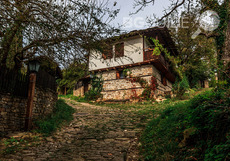
The establishment of the village is associated with a 600-year-old legend - the legend of the young noblewoman Bozhana.
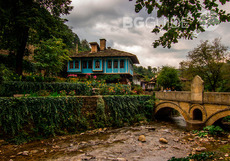
One of the classical National Revival locations where over the years Bulgarian customs, culture and traditions have been preserved...
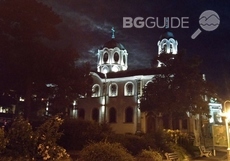
The temple was built near "St. Petka" - the first church in Gabrovo.
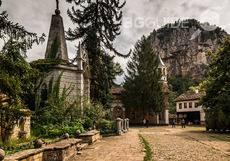
Built at the beginning of the Second Bulgarian State, repeatedly destroyed and rebuilt again, over the centuries Dryanovo Monastery has become one of the pillars of the Bulgarian spirit in the difficult years of the Ottoman rule.
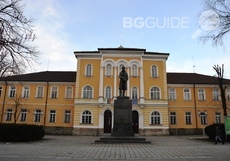
The first Bulgarian elite high school was founded in 1835 by the Revival activist Vasil Aprilov and is active until today.
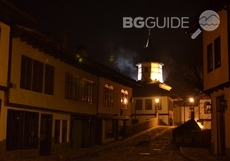
The Spirit of Tryavna is build-in its unique architecture – most of the houses and monuments, works of famous local master-builders.
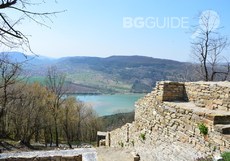
The medieval fortress "Hotalich" rises northwest of Sevlievo, in the hillside area "Krushevska Mountain”.
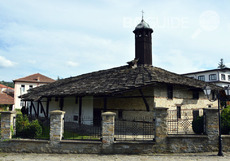
Tryavna is among the towns embodying the Bulgarian National Revival with its unique architecture, spirit and style.
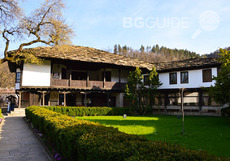
For more than 200 years, two famous and impervious-to-time relief wood carvings, depicting the sun, have been “shining” in the Daskalov House in the town of Tryavna.
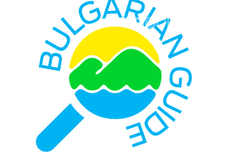
Крепостта Дискодуратера (пр. Двойна яка крепост) е създадена около 176-180 г., по времето на император Марк Аврелий.
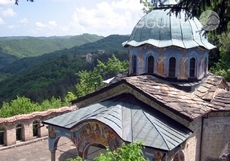
The Sokolski Monastery of the Dormition of the Mother of God is situated amid the picturesque slopes of the Balkan Mountains, by the upper course of the Yantra River, in the locality of Sokolova Cave and about 4 kilometres away from the Etar Architectural-Ethnographic Complex.

Само на 3 км. от центъра на Габрово, по път с живописни завои се достига местността Градище.